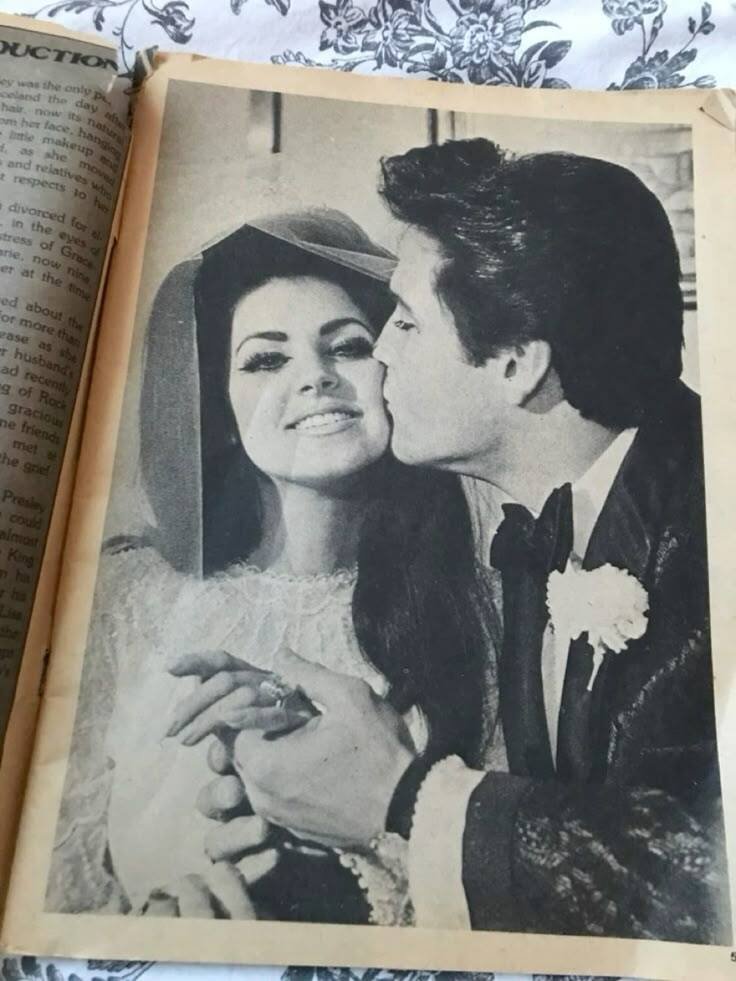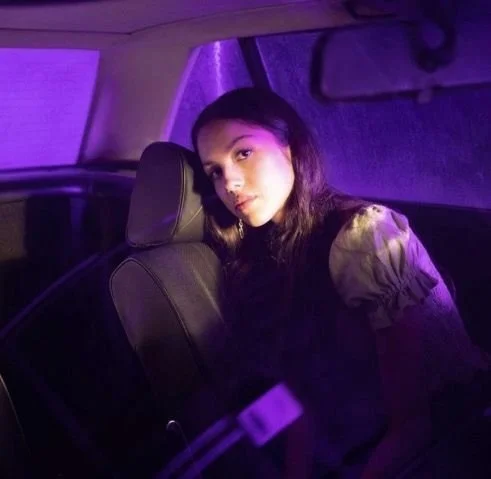The Lyrical Language of Love: How Lyrics in Love Songs Continue to Evolve
From lyrical poems in ancient times, to the sweetly smooth melodies of Nat King Cole and Elvis Presley, to the upbeat ballads of The Bee Gees, to individualistic songs of TLC, to the journalistic breakup songs of Taylor Swift, love songs have taken many forms across time.
A brief origin story:
Love songs have reigned popular since the beginning of written language. Circling all the way back to ancient Mesopotamia, the Priestess of Nanna named Enheduanna is one of the first known authors and love song writers. A portion of her literary work focused on expressing admiration and the superiority of the Goddess Inanna of love, fertility, sensuality, and procreation. Even after her time, Enhaduanna’s melodies perpetuated through time as a foundation for outright devotion and undying admiration in music. Ancient Greek lyric poet Sappho is historically famous for her personality-filled writing style along with her songs centered around women. Originally from Lesbos around 600 BCE, Sappho crafted lyric poems recited as songs that described desire and sensual emotion, affections tied to nostalgia, and love as a deep and overwhelming passion from the feminine perspective.
Fast forward to a more modern time in the early 20th century (ish), love songs in the 1930s and 1940s were comprised mainly of slow jazz songs. These pieces professed courtly love combined with poetic lyrics and an “operatic” romance to form what we look back on as smooth, romantic numbers. Song lyrics were emotionally intimate and poetic; as the listener, conversational lyrics left you feeling like you’re eavesdropping on a private conversation. Intense professions of love were accompanied by silky orchestral sounds, composing a classic, philharmonic feel. Artists such as Nat King Cole and Frank Sinatra quickly rose to fame during these eras and left musical legacies that are still belted out today, such as “Something Stupid” by Sinatra, and songs like “Unforgettable” and “L-O-V-E” by Cole. Their sound harnessed smooth jazz mixed with dreamy melodies to make up a great slow dance song with your person.
The 1950s to 1970s are widely regarded as the “Golden Age” of love songs with its reputation built from discographies of artists such as Elvis Presley, The Beatles, Fats Domino, and The Bee Gees. Storytelling became the focal point of lyrics in this era, sharing details from all aspects of the singer’s personal experience- pining, falling in love, being in love, and heartbreak. Love songs began breaking into various genres, from early R&B to beginning riffs of Rock n’ Roll to upbeat ‘70s tunes. Elvis Presley’s release of “Can’t Help Falling in Love” encapsulates the intensely intimate lyrical norm of the era, while songs like “More Than A Woman” by the Bee Gees exude desire and loving appreciation through the upbeat nature of the ‘70s. Furthermore, Fats Domino’s “I’m In Love Again” opens the door to R&B as the artist expresses his concurrent disbelief and acceptance of falling into unrequited love. This musical “Golden Age” deepened the scope of love song lyrics and laid the foundation for a further expansion into various genres in the decades to come.
The 1980s and 1990s marked a pivotal era in the evolution of love songs, fueled by a transformative shift in sound and style across multiple genres. With the rise of R&B and pop, love music embraced a new emotional depth and sonic richness due to the new groundbreaking use of synthesizers and electronic drums. This era gave rise to powerful female voices such as Whitney Houston, Madonna, and Mariah Carey, who redefined the love ballad with unmatched vocal strength, vulnerability, and emotional range. Whitney Houston’s “I Will Always Love You” became a global hit as an emotionally raw reflection of always loving a person you, unfortunately, must let go of. This marks a shift in love music from usually upbeat and velvety declarations of admiration to include the negative emotions invoked by heartbreak. R&B groups Boyz II Men and TLC infused love songs with lyrics on sensuality and vulnerability, even opposing the idea of love, which helped to shape the genre's identity for years to come. TLC’s song “No Scrubs” addresses a new age of love expression head on; it takes a feminist approach to reject anything but the best while encouraging other women to take notes. Beyond romantic love, this period expanded lyrical narratives to include friendship, self-love, and heartbreak, painting a broader emotional spectrum. Rock and alternative bands also entered the conversation—Guns N’ Roses' “November Rain” and Poison’s “Every Rose Has Its Thorn” brought heartfelt storytelling into the rougher edges of grunge and rock. Even hip-hop and rap found their place in love song evolution, offering raw and complex takes through artists like LL Cool J and Tupac, whose “Keep Ya Head Up” delivered a powerful blend of compassion and social commentary. This song helped to normalize self-love in the genre, encouraging acceptance and celebration of the individual. His lyrics discussing the treatment of women and their bodies remain relevant today, with certain lines being the mantras of body autonomy movements decades later. Together, these shifts laid the foundation for the diverse expressions of love in music that continue to resonate into the 21st century.
The Y2K love music era from the 2000s to 2010s was a significant chapter in the evolution of love song lyrics that blended the emotional intensity of earlier decades with a bold new energy and inclusivity. This new era of love songs saw artists fuse raw experiences on all aspects of love with a catchy production. Beyoncé stands out with her feminine, empowering, emotionally charged love anthems that made you want to scream, cry, dance, and fall in love all at once. R&B and hip-hop continued to merge, as seen in the iconic work of Rihanna, whose music smoothly dissected the complexities of love, lust, and independence. Rihanna’s “Consideration” draws from the realization that you must put yourself first and leave when your value is not seen nor respected. This era also saw a rise in LGBTQ+ representation in mainstream love songs from artists like Frank Ocean and Sam Smith; they brought nuanced and deeply personal narratives to the forefront of music in a time where those perspectives were scarce. Further, artists like Lady Gaga and even Green Day pushed boundaries in mainstream pop and punk genres by embracing identity and inclusivity through musical storytelling.
From the 2010s into the 2020s, love songs have entered their most intimate era yet with hyperpersonal, confessional, and deeply reflective lyrics of the individual experience. Artists like Taylor Swift, SZA, and Olivia Rodrigo have embraced a diary-like approach to songwriting, opening up to express the messiness and confusion of heartbreak, the girlish thrill of new love, and the journey that is self-discovery. One of Swift’s most notable songs is “All Too Well (10 Minute Version)”, where the artist reflects on the chronological demise of a past relationship through a journalistic approach. Listening to the 10-minute song feels like reading a page from her diary, and combing through every moment her ex went wrong. Further, the ever-evolving music scene continues to morph into a much more inclusive space for creation and expression, with artists like Chappell Roan pushing the boundaries of how identity and queerness are explored through song like “Red Wine Supernova”, “The Giver”, and “HOT TO GO!”. Today’s love songs reflect not just love in interpersonal relationships, but also the ever-evolving ways we experience and express love in a digitally dominated world.
About this playlist: Reading about the lyrical manifestations of love for the past 5 minutes may have given you a musical appetite. Here’s a playlist with some of the top love hits across the decades. Some may have played in your grandparents kitchen during Sunday dinners, while others were belted through tears in your friend’s car. Give it a listen for a mix of nostalgia, empowerment, smooth jazz, and heartbreak, all in the name of love!
Sources
Admin. The Evolution of Love Songs: From Classic Ballads to Modern Hits, Blogger, 5 Jan. 2025, www.lovegets.com/2025/01/the-evolution-of-love-songs-from.html.
Eggert, Breanne. “28 Facts about Love Songs.” Facts.Net, 18 Feb. 2025, facts.net/culture-and-the-arts/performing-arts/28-facts-about-love-songs/.
Merid, Fevem. “Survival Guide.” Columbia Journalism Review, 16 Oct. 2023, www.cjr.org/business_of_news/digital-media-survival-guide.php.
“Sappho.” Encyclopædia Britannica, Encyclopædia Britannica, inc., 16 Apr. 2025, www.britannica.com/biography/Sappho-Greek-poet.


